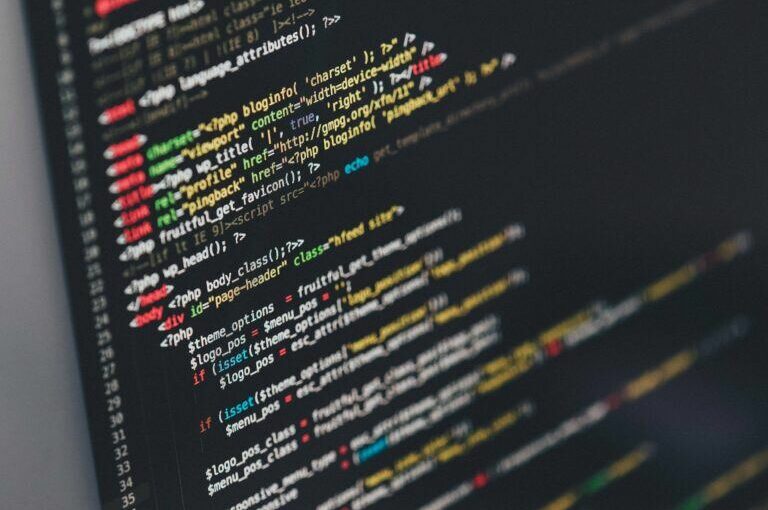Written by: Alex Siman, founder of Subsocial – a Polkadot-based decentralized social network platform
I’ll start with answering a question: why do we need decentralized social decentralized applications (dapps) in the first place? Well, the way we communicate has changed greatly since 2004-2006, when Facebook, YouTube, Twitter, and the other Web 2.0 social networks were born. At the time, centralized networks were a breakthrough, a revelation – but now they are slowly becoming obsolete. Why? Because they can no longer respond to shifting demand patterns.
Falling Behind
First, there’s a demand for transparency and conscious handling of sensitive information, as people get more concerned about where their private data goes. Second is the matter of creators’ rewards: centralized social media platforms are full of user-generated content, but the current monetization schemes are inflexible and rarely well thought out. For example, if a YouTube video with, say, 20 subscribers went viral, it still wouldn’t get monetized because of the restrictions imposed by the platform.
Then there is the question of information ethics. Is it right that social networks can shut out people who share a controversial point of view? (Doesn’t Donald Trump, for one, have a right to express his opinion, even though he might be abusing that right at times?) And what’s even more concerning, can they manipulate public opinion by twisting the information? We all remember the scandal around Brexit, and this was neither the first such case nor the last.
In light of the above, I see clearly that decentralized networks of Web 3.0 – open, fair, and transparent – are the future of social media. So the next question is: how exactly do we make them happen?
A Transformation or a Revolution?
Here another question pops in: why not just modernize the existing social media? There’s definitely something compelling in the idea of taking advantage of their grand user base, the network effect that is already in play.
On the way to Web 3.0, we have to let go of many concepts we are used to, big and tiny ones alike. For one, we cannot change the way the company behind a social network functions, as the idea is not having centralized governance at all. This is why we cannot use the traditional systems of logins and passwords stored in a centralized database: to be truly decentralized, we need to go for private keys instead – and these are just two examples of the many changes the new web will bring.
So I believe that the only working solution here is starting from a clean slate and building products that are decentralized from block one.
How Are Social Dapps Different Technology-Wise?
Users of social media collectively make thousands, millions of clicks per second. Every post, repost, like, or creator tip is a microtransaction, and it’s vital to keep that in mind when defining the level of scalability for our future decentralized social networks.
Parachains on Kusama have a 12-seconds block time with 0.5 seconds for on-chain transactions. On the other hand, Substrate blockchains in standalone mode feature can get to 6-seconds block time with 2.5 seconds for on-chain transactions.
What about interconnectivity? It’s still possible for a standalone chain to connect to parachains via a bridge solution.
The Benefits of Using Pallets
Any social network is, in the first place, a community – and, of course, the decentralized networks of the future are no different. What’s changing is their structure: Web 3.0 communities are self-sustaining ecosystems, governed by their users and supporting their own development.
From a developer’s point of view, they are a set of different modules – each holding its own function. One of the easiest ways here is to use pallets: pre-designed “bricks” for building our community from scratch, with their quality and durability already tested by various developer teams. No matter what you are building – a separate social network, or a social dapp platform – you’ll have everything you need to create a strong sustainable community.
Today, the industry got closer to building Web 3.0 than ever before. It’s not just an idea anymore, but a reality we are going to live in soon. We have the tools, and we have blueprints. All we need is some tweaking and some careful “sanding” – and we’ll be able to enjoy the benefits of fair and decentralized communication in full.
DISCLAIMER
The views and opinions expressed by the author, or any people mentioned in this article, are for informational purposes only, and they do not constitute financial, investment, or other advice. Investing in or trading cryptoassets comes with a risk of financial loss.
IMAGE CREDIT
Featured image via Pixabay
Source: Read Full Article
